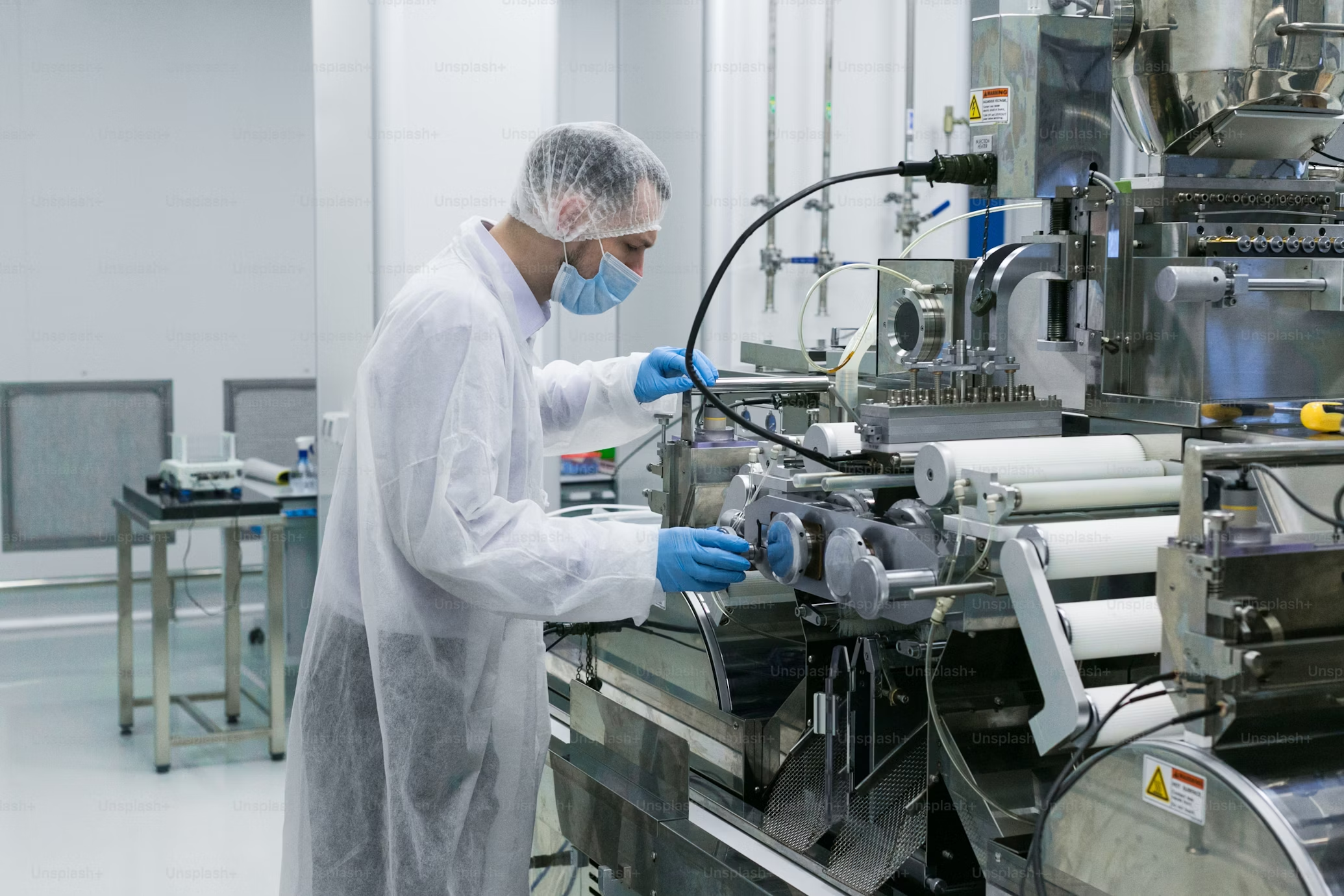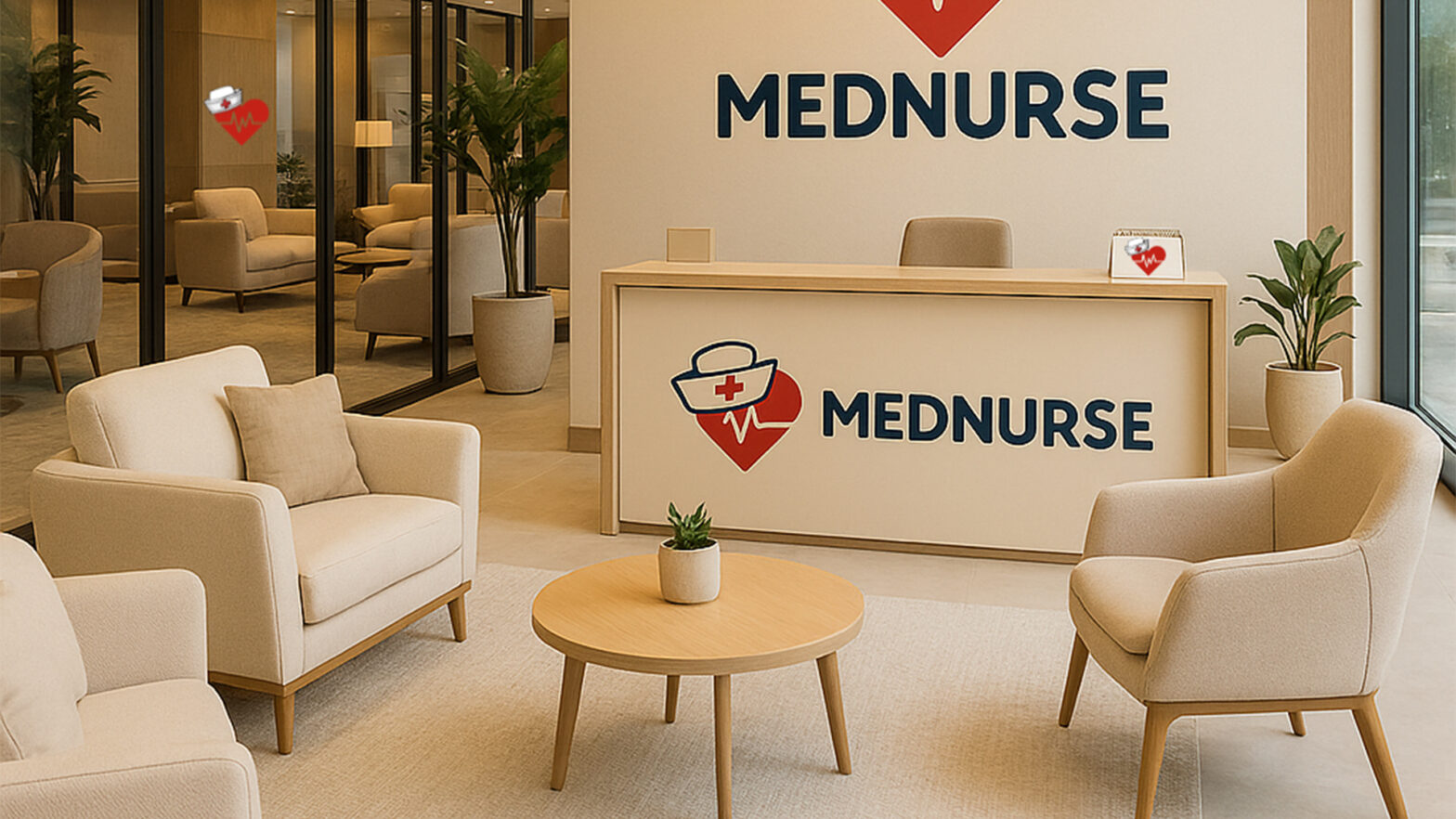
Competency-based medical education (CBME) is a relatively new concept compared to its time-based predecessor. However, it is already undergoing transformative changes. Emerging technological solutions could enhance its effectiveness and enable personalization while reducing operational costs and the need for human training faculty.
How Technology Is Transforming CBME
Time-based progression is prevalent in medical education. However, its competency-based counterpart is gaining traction. While higher education institutions have implemented CBME successfully throughout history, emerging technological integrations are increasing its viability by enhancing its effectiveness and enabling personalization.
A typical training and assessment system consists of tailored learning experiences, entrustable professional activities, procedural skill evaluations, nontechnical ability assessments and objective structured clinical examinations. These activities generate a tremendous amount of raw data. Instead of conducting a manual analysis, professionals can draw accurate, diverse conclusions with automation and intelligent tools.
Technology-Based CBME Is Gaining Traction
These solutions could increase the implementation rate for competency-based training. It is already taking off. A report from the American Institutes for Research revealed that 47% of colleges and universities were in the process of adopting it in 2020. The research indicates that the percentage will continue increasing through 2025.
Soon, technology and CBME may become inseparable. The former enhances the latter by streamlining data analysis, unlocking assessment layers and measuring hidden trends. It is poised to revolutionize training, reshaping how medical professionals demonstrate proficiency.
Technological Applications Enhancing CBME
Educators can leverage various tools to develop and demonstrate proficiency in key competencies. For instance, virtual and augmented reality modules enable risk-free simulations in lifelike environments. Since a 2-by-2 meter room is the minimum space requirement for a full range of motion, virtually any institution meets the prerequisites to deploy this solution.
Even something seemingly simple, such as an online education platform, can substantially improve performance. Since measurable, predefined outcomes are foundational to competency-based training, even relatively basic software can tailor learning experiences to specific groups.
In addition to improving the effectiveness of CBME, technologies can help capture the data people generate throughout the program. Artificial intelligence can rapidly analyze vast datasets, uncovering hidden trends. They emphasize learners’ achievement of specific competencies, helping programs produce knowledgeable, capable medical professionals.
Conventional software can easily aggregate and process information. However, since it works on a rules-based framework, it may generate surface-level insights. What AI produces is much more granular. Even a relatively simple model can provide detail-rich output.
Benefits of Technology in Medical Training
The main benefit of incorporating technology into competency-based medical training is personalization. Everyone progresses at their own pace. Even among those in small groups in niche fields, variation is inevitable. With AI, virtual reality or mobile applications, learners can advance once they demonstrate mastery, not when they reach a predetermined period.
Modern tools are versatile because they were designed with a broad range of end users in mind. Even if colleges and universities only deploy one system, they can still offer multiple learning strategies. This way, they meet various people’s learning preferences.
Industrywide Implementation Is Possible
Despite adapting training programs to meet individual needs, technology standardizes instruction and assessment. It simplifies metric tracking and analysis, using data points to connect learning outcomes and competencies. Intelligent and automated systems can facilitate documentation and evaluation while reducing the need for training faculty.
Of course, even the best solutions available are not foolproof. An article from The Research Journal of the National League for Nursing states CBME’s success depends on multiple context-based assessments. They must increase in complexity over time and source meaningful feedback from users. Decision-makers should plan implementation carefully.
The Future of Technology-Driven CBME
Modern tools make a transformative competency-by-design approach possible, benefiting learners and educating institutions in health care. They ensure assessments are defined by accurate, quantifiable metrics rather than time-based results. Since they could improve patient outcomes in real-world clinical settings, they will likely become an industry staple.


















